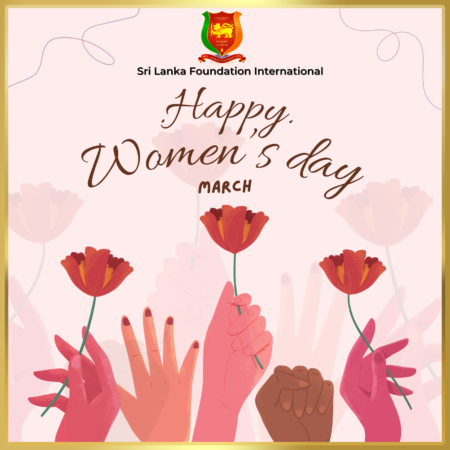Colombo, Sri Lanka – In 2006, a Russell’s viper sank one fang into Sanath Weeraratne’s left hand.
Weeraratne immediately started to bleed profusely as the anticoagulant properties in the venom took effect. He knew what could come next: more bleeding from the rectum and the gums and blood-stained vomit.
The blood could seep into the brain and affect other organs, and this could be fatal. Fortunately for Weeraratne, the two people he was with were experts themselves. They identified the snake that had bitten him, applied first aid, and rushed him to a nearby hospital where he was successfully treated.
He tells Al Jazeera that the accident was a turning point in his life.
It led him to his job as a caretaker at Sri Lanka’s first national serpentarium, home to some 185 venomous snakes. Common kraits, cobras, Russell’s vipers, saw-scaled vipers and hump-nosed pit vipers lie coiled in their containers – with water bowls, foliage and coconut shells.
The small three-man team at the serpentarium keeps odd hours because some of these snakes, such as the kraits, are most active at night.
Weeraratne and his team must see to the serpents’ health and extract their venom, which is collected and sent to a lab in Costa Rica. It is there that the first polyspecific freeze-dried antivenom to offer protection specifically against Sri Lankan snakes is being produced.
The serpentarium was set up and is operated by the United States-based Animal Venom Research International (AVRI). Its executive director, however, is the Sri Lankan-born Roy Malleappah, a herpetological field operations specialist. It has taken him and his team years of dedicated work to make the Sri Lankan antivenom a reality.
A medical breakthrough
The antivenom was developed in close collaboration with the Instituto Clodomiro Picado (ICP) in Costa Rica, while the University of Peradeniya – partly funded by the National Research Council of Sri Lanka – is responsible for the clinical trials, which are now ongoing.
The antivenom ICP and AVRI have produced is polyspecific – covering multiple species including, for the first time, Sri Lanka’s hump-nosed pit viper. It is the most common cause of snakebite envenoming in Sri Lanka and is known to cause serious systemic toxicity and death.
Sri Lanka has one of the highest snakebite rates in the world, yet statistics are hard to come by as many cases go unreported. The island boasts 92 different species of snakes, but most deaths are attributed (PDF) to just three – the highly venomous cobra, Russell’s viper and krait.
The national serpentine itself is located in Dambulla in central Sri Lanka.
Locals here know well what damage a snakebite can do. There is always a rash of incidents in March, when farmers go into the fields to harvest paddy and find snakes hiding amid the green stalks.
Weeraratne himself remembers a trip to a village in this area. “Every single house I visited told me that they had lost someone to a snakebite: from fathers to a 17-year-old who was sitting for her A-Level exams. The stories are enough to bring tears to your eyes.”
By Smriti Daniel
Source:Al Jazeera News










![TV-Poster-All-Exhibition-Sri-Lanka-in-Focus-USA-2025[1]](https://www.srilankafoundation.org/wp-content/uploads/2025/04/TV-Poster-All-Exhibition-Sri-Lanka-in-Focus-USA-20251-450x450.jpg)











